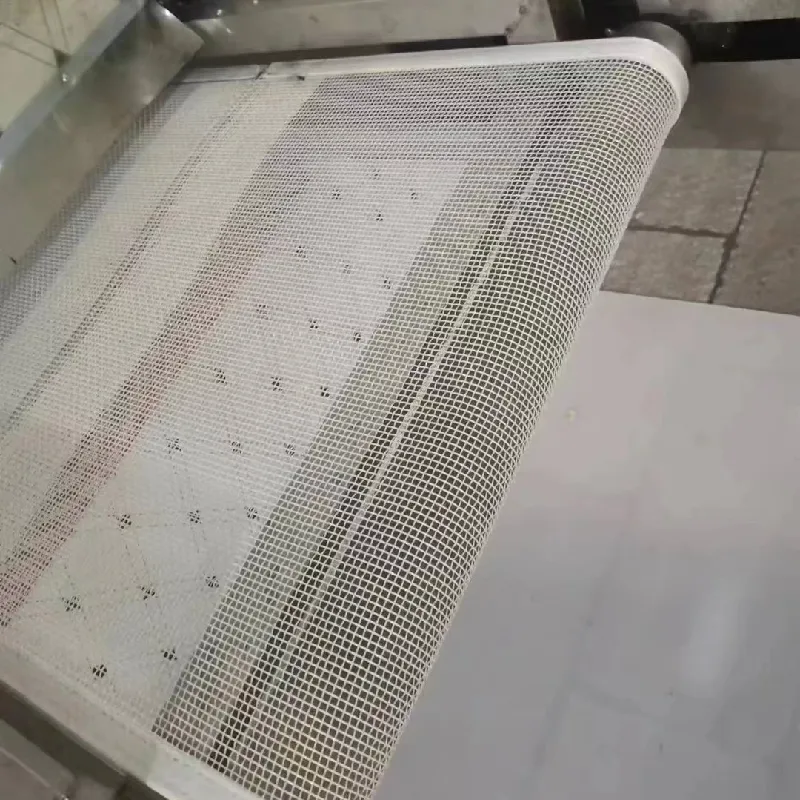-
 Afrikaans
Afrikaans -
 Albanian
Albanian -
 Amharic
Amharic -
 Arabic
Arabic -
 Armenian
Armenian -
 Azerbaijani
Azerbaijani -
 Basque
Basque -
 Belarusian
Belarusian -
 Bengali
Bengali -
 Bosnian
Bosnian -
 Bulgarian
Bulgarian -
 Catalan
Catalan -
 Cebuano
Cebuano -
 China
China -
 Corsican
Corsican -
 Croatian
Croatian -
 Czech
Czech -
 Danish
Danish -
 Dutch
Dutch -
 English
English -
 Esperanto
Esperanto -
 Estonian
Estonian -
 Finnish
Finnish -
 French
French -
 Frisian
Frisian -
 Galician
Galician -
 Georgian
Georgian -
 German
German -
 Greek
Greek -
 Gujarati
Gujarati -
 Haitian Creole
Haitian Creole -
 hausa
hausa -
 hawaiian
hawaiian -
 Hebrew
Hebrew -
 Hindi
Hindi -
 Miao
Miao -
 Hungarian
Hungarian -
 Icelandic
Icelandic -
 igbo
igbo -
 Indonesian
Indonesian -
 irish
irish -
 Italian
Italian -
 Japanese
Japanese -
 Javanese
Javanese -
 Kannada
Kannada -
 kazakh
kazakh -
 Khmer
Khmer -
 Rwandese
Rwandese -
 Korean
Korean -
 Kurdish
Kurdish -
 Kyrgyz
Kyrgyz -
 Lao
Lao -
 Latin
Latin -
 Latvian
Latvian -
 Lithuanian
Lithuanian -
 Luxembourgish
Luxembourgish -
 Macedonian
Macedonian -
 Malgashi
Malgashi -
 Malay
Malay -
 Malayalam
Malayalam -
 Maltese
Maltese -
 Maori
Maori -
 Marathi
Marathi -
 Mongolian
Mongolian -
 Myanmar
Myanmar -
 Nepali
Nepali -
 Norwegian
Norwegian -
 Norwegian
Norwegian -
 Occitan
Occitan -
 Pashto
Pashto -
 Persian
Persian -
 Polish
Polish -
 Portuguese
Portuguese -
 Punjabi
Punjabi -
 Romanian
Romanian -
 Russian
Russian -
 Samoan
Samoan -
 Scottish Gaelic
Scottish Gaelic -
 Serbian
Serbian -
 Sesotho
Sesotho -
 Shona
Shona -
 Sindhi
Sindhi -
 Sinhala
Sinhala -
 Slovak
Slovak -
 Slovenian
Slovenian -
 Somali
Somali -
 Spanish
Spanish -
 Sundanese
Sundanese -
 Swahili
Swahili -
 Swedish
Swedish -
 Tagalog
Tagalog -
 Tajik
Tajik -
 Tamil
Tamil -
 Tatar
Tatar -
 Telugu
Telugu -
 Thai
Thai -
 Turkish
Turkish -
 Turkmen
Turkmen -
 Ukrainian
Ukrainian -
 Urdu
Urdu -
 Uighur
Uighur -
 Uzbek
Uzbek -
 Vietnamese
Vietnamese -
 Welsh
Welsh -
 Bantu
Bantu -
 Yiddish
Yiddish -
 Yoruba
Yoruba -
 Zulu
Zulu
mining mesh
Understanding Mining Mesh A Crucial Component in Modern Mining Operations
Mining has evolved significantly over the years, requiring advanced technologies and materials to enhance efficiency and safety. One such critical component in the mining industry is mining mesh, a versatile tool used predominantly in underground mining operations. This article delves into the importance, applications, and advancements of mining mesh, highlighting its role in ensuring safer and more effective mining processes.
At its core, mining mesh is a type of fabric or netting that is designed to provide support and stability to the walls and ceilings of underground mines. Composed typically of steel wire, mining mesh is engineered to withstand extreme conditions and heavy loads. Its primary function is to prevent rock falls, a significant hazard in underground mining that can lead to injuries, fatalities, and costly downtimes. By reinforcing the structural integrity of mine shafts and tunnels, mining mesh plays a pivotal role in protecting the workforce and ensuring continuous operations.
The applications of mining mesh extend beyond just rock support. It is also utilized in the transportation and handling of materials within the mine. For instance, mesh can be used to create safety barriers, control dust, and segregate different areas of a mining site. Additionally, mining mesh allows for effective drainage, preventing water accumulation that could jeopardize the stability of the mine. This multifaceted application makes it an indispensable asset in modern mining practices.
mining mesh

The evolution of mining mesh over the years has been influenced by technological advancements and the increasing demands of the mining industry. Traditional mining mesh consisted primarily of high-tensile steel, but recent innovations have introduced materials such as polymer and composite meshes, which offer enhanced durability and resistance to corrosion. Furthermore, advances in manufacturing techniques have allowed for the production of mesh that is lighter and easier to handle, which is crucial in the often cramped conditions of underground operations.
Safety standards and regulations in the mining industry have also driven improvements in mining mesh design and application. Regulatory bodies continually update guidelines to ensure that mining practices evolve alongside technological advances. This has led to the development of mesh products that can meet stringent safety standards while still being cost-effective for mining companies operating in a competitive environment.
As the mining industry continues to face challenges such as increasing operational costs and the need for sustainable practices, the role of mining mesh becomes even more critical. Its ability to enhance safety while improving efficiency makes it a vital element in the ongoing evolution of mining operations.
In conclusion, mining mesh is an essential component that underpins the safety and functionality of underground mining. As innovations continue to emerge, mining mesh will undoubtedly evolve further, reinforcing its status as a crucial element in the pursuit of safer and more efficient mining practices. By investing in advanced mesh technologies, the mining industry can ensure that it remains resilient in the face of evolving challenges.
-
Shipping Plastic Bags for Every NeedNewsJul.24,2025
-
Safety Netting: Your Shield in ConstructionNewsJul.24,2025
-
Plastic Mesh Netting for Everyday UseNewsJul.24,2025
-
Nylon Netting for Every UseNewsJul.24,2025
-
Mesh Breeder Box for Fish TanksNewsJul.24,2025
-
Expanded Steel Mesh Offers Durable VersatilityNewsJul.24,2025











